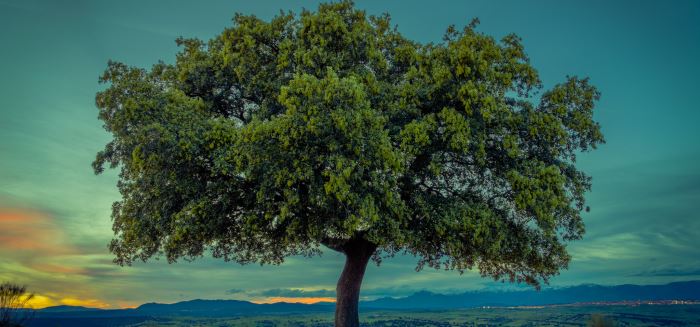I don’t remember most of the gifts I received for my high school graduation. In fact, I’m not sure I can remember any … except for one: a beautiful set of stationery with my name embossed across the top. As I wrote thank you notes for the gifts, I remember feeling as if my first set of quality stationery added a new weight to my words of gratitude. Of course, saying “thank you” doesn’t require top-quality paper products. But it does reshape how we view the world. Today marks the launch of a newsletter series on Giving Thanks. And, unlike those beautiful, cardstock thank you cards, this time I can send them out electronically.
Adam J. Copeland, Director
Center for Stewardship Leaders
Luther Seminary
A Gratitude Campaign
During our first weeks post wedding, I remember distinctly how thoroughly grateful I was for my new roommate, particularly when I’d head for the garbage container and the can was empty. Someone else had already taken its load outside and it wasn’t me! Wow. It was so clear that we were sharing the domestic load and I was deeply, deeply grateful. He felt the same. Pretty great.
Now, fast forward a few decades, and you could understand if our enthusiasm isn’t quite as spontaneous or overtly joyful. We’ve gotten used to this partnership, though, and it suits us pretty well. We do still remember to say thank you. We still appreciate each other’s presence and the way we get things done better as a team than solo, at least most of the time.
Sometimes it’s like that in congregations. There are lots of domestic chores to get done—washing communion vessels, picking up stuff for the coffee hour, counting the offering, weeding the gardens around the building. We could also list things like ushering, teaching Sunday School, serving on the church council, or pulling the load on a committee or task force. Lots of us don’t even see what gets done behind the scenes. What about the altar guild ironing linens or making sure there is water in the font on a baptism day? Or the people that set up the technology so recording happens week in and week out?
These things may not be very glamorous, or even inspiring. They are, as is so often the case, the very little things that need to get done so bigger, more inspiring things can happen. In my church experience, we too often expect rather than appreciate.
Like long-term familial relationships, we can too quickly come to take each other for granted. We might work hard for some years, and then figure it’s someone else’s turn. Or we don’t even see all that faithful work going on and approach church like consumers, receiving the product we came for and leaving the rest up to the folks who are getting paid.
It’s a set up for martyrs and slackers, quite frankly, and no one wants to have a church full of martyrs and slackers. What if being intentional about saying thank you, publicly, to all those worker bees might be a bit of preventive medicine?
Last year about this time, our church council was discussing how we might boost the number of people who actually sign up for tasks when their monthly service group is up for duty. We wondered if saying thank you might help. We thought that, as leaders, we could make a point to notice the work that was going on and verbalize a thank you, especially if others heard. Rather than expect everyone to do their duty, we hoped, by overtly thanking and appreciating, we might start to change the culture.
We are also in the middle of a capital campaign in our congregation. The team got an email from one of the co-chairs of the appeal team. We’ve been working hard to pull this off, lots of people really stretching beyond their comfort zones and dealing with tight deadlines. She listed off some the milestones we’ve met, and then talked about the good she’s seeing happening. Then she named her gratitude for us, and asked for names of volunteers she might not know about so they could be thanked in a timely way. It made my day.
It’s kind of like Jesus and the ten lepers, only one of whom returned to say thanks. We are receiving offerings every day in congregations, of money and time and expertise. What would happen if we saw in all those offerings God’s abundance, and launched a gratitude campaign?
Check out the rest of the Giving Thanks series:
Stewardship in the Shadow of the Shema by Raymond Bonwell
The Ancient Art of Thanking by Robert Hay, Jr.
For this, I give thanks by Ingrid Arneson Rasmussen
Gratitude and the Simplicity Movement by Adam J. Copeland
About the Author
Catherine Malotky serves as the Director of Development at Luther Seminary and is a member of the church council and stewardship committee for her faith community, Edina Community Lutheran Church.



